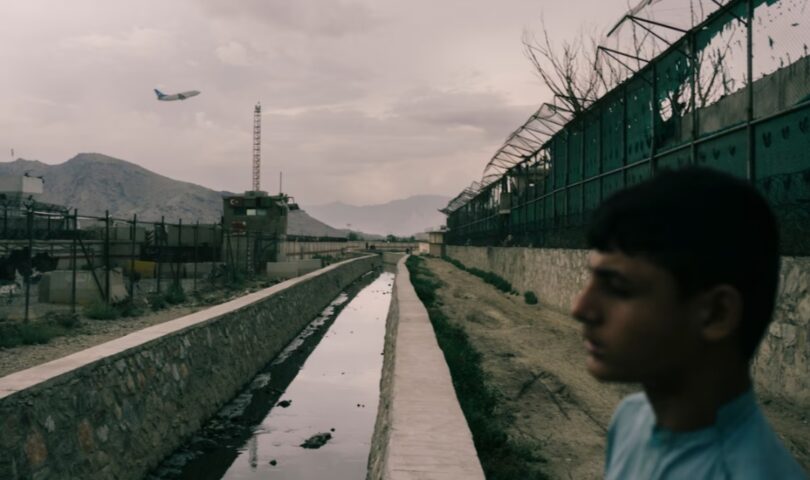A new government watchdog report details how poor planning in the U.S. military withdrawal from Afghanistan, after years of inadequate oversight, contributed to the rapid collapse of the Western-backed government as the Taliban closed in on Kabul.
The report released Tuesday describes an “abrupt and uncoordinated” pullout in 2021 and poor accountability for weapons sent to Afghanistan — with an estimate of more than $7 billion in military equipment left under Taliban control. Also at fault, it said, was the failure to create “an independent and self-sustainable” security force in Afghanistan after 20 years and $90 billion of international support.
It is the latest in a series of assessments by the Special Inspector General for Afghanistan Reconstruction, or SIGAR, examining the demise of Afghan security forces and the Taliban takeover in America’s longest war.
Many of the findings confirm previous reporting by The Washington Post and other news organizations on the final days of the Afghan government’s tenure and the U.S. troop withdrawal.
The watchdog said in reports released last year that tens of millions of dollars disappeared from Afghan government bank accounts during the Taliban comeback, and in the run-up to it, paranoia riddled senior levels of the government in Kabul as chaos overwhelmed security forces.
According to the latest SIGAR report, an agreement signed with the Taliban by the Trump administration in 2020 facilitated the unraveling, “resulting in a sense of abandonment” in Afghan government forces and the population. “The agreement set in motion a series of events crucial to understanding the [Afghan security forces’] collapse,” it said.
Tuesday’s report to Congress comes a year and a half after the militant group’s return to power stunned the world. Since then, Afghans have faced rising poverty and a crackdown on civil rights. The SIGAR report also coincides with a massive flow of Western weapons to Ukraine that has raised questions around how to conduct proper oversight.
“There is an understandable desire amid a crisis to focus on getting money out the door and to worry about oversight later, but too often that creates more problems than it solves,” the Afghanistan report said, citing the special inspector general, John Sopko. “Given the ongoing conflict and the unprecedented volume of weapons being transferred to Ukraine, the risk that some equipment ends up on the black market or in the wrong hands is likely unavoidable,” it said.
In Afghanistan, SIGAR found, the United States did not have “a full accounting of equipment and personnel even before the collapse.” It also blamed the fall of Kabul in part on corruption that eroded Afghan security forces and on the government’s inability to implement national security.
As the Taliban took control of the Afghan capital in August 2021, U.S. troops and their allies airlifted more than 100,000 people out of Afghanistan in an evacuation marred by chaos, violence and harrowing images of people trying to cling to U.S. aircraft.
In late 2021, a whistleblower in Britain described the British handling of the evacuation as “arbitrary and dysfunctional.” Thousands of emails from Afghans potentially eligible for flights out went unread by the British Foreign Office, he said.
The whistleblower, a Foreign Office official at the time, cited “inadequate staffing” and said staff members were “asked to make hundreds of life and death decisions about which they knew nothing.”
Western officials have acknowledged that many Afghans, including some who worked with U.S. and allied forces, were left scrambling as the evacuation ended, leaving Afghanistan firmly under Taliban control after 20 years of war.
courtesy : (Washingtonpost)







